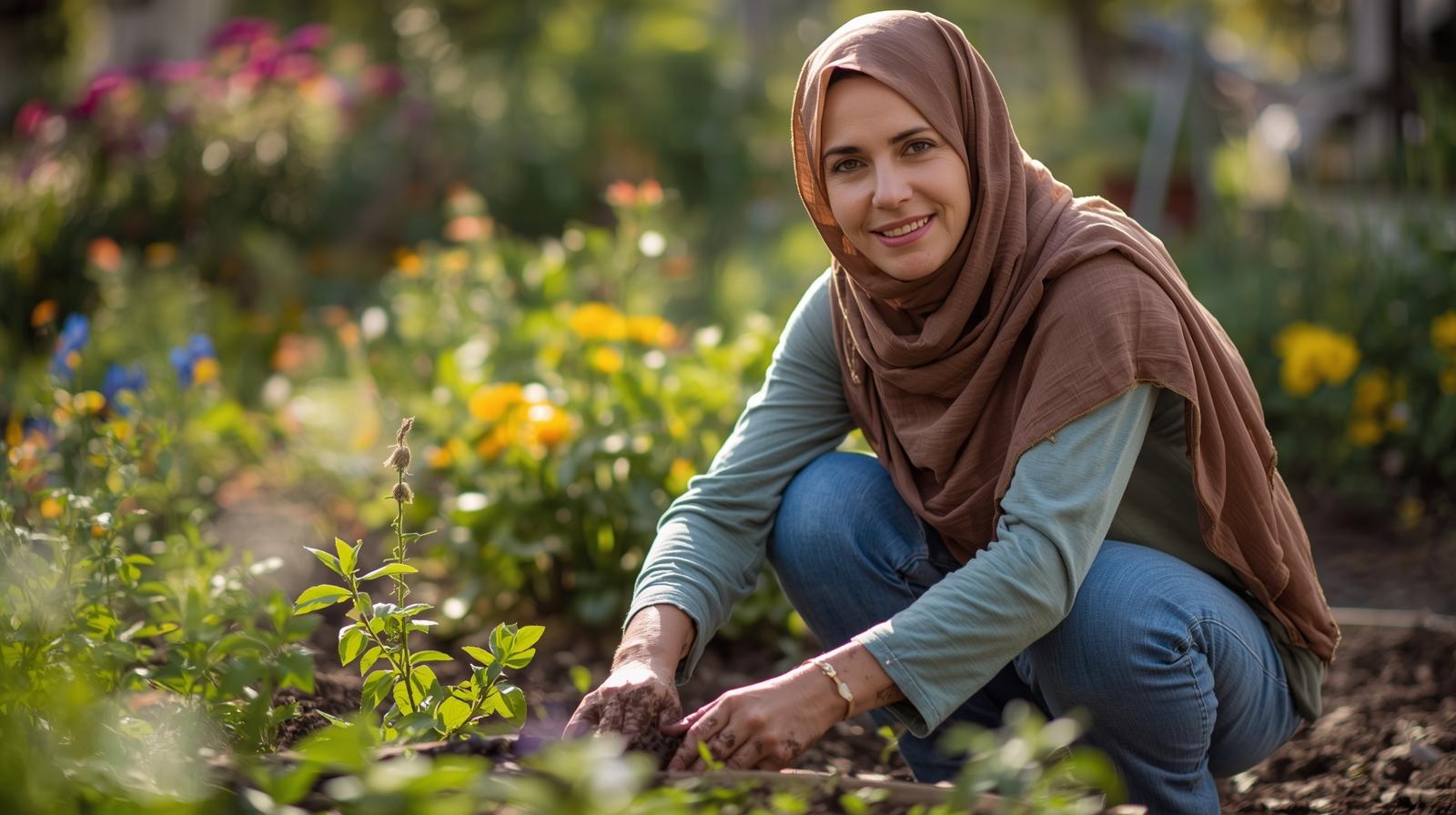🌎 Sustainable Fall Landscaping Practices for Homeowners
Fall is the perfect season to make your yard both beautiful and environmentally friendly.
As leaves change and temperatures drop, your landscape needs a little extra care—and adopting sustainable fall practices can help you save water, reduce waste, and build healthier soil for next year.
At LawnMart, we believe sustainability starts right in your own backyard.
Here’s how to make your fall landscaping both eco-friendly and efficient.
🍂 1.
Reuse Fallen Leaves Wisely
Instead of bagging up leaves and sending them to the landfill, put them to work in your landscape!
Mulch your leaves: Use a mulching mower to shred leaves into fine pieces that can stay on your lawn and act as natural fertilizer.
Create leaf compost: Pile them in a compost bin or corner of your yard to break down into rich organic matter for next spring.
Use as garden insulation: Spread shredded leaves around flower beds and trees to protect roots through winter.
💡 LawnMart Tip: A layer of shredded leaves about 2–3 inches deep helps retain moisture, regulate soil temperature, and suppress weeds.
🌱 2.
Choose Native and Drought-Resistant Plants
Fall is the best time to plant native shrubs, trees, and perennials.
They’re naturally adapted to your region’s climate and require less watering and fertilizer.
Benefits of native plants include:
Attracting pollinators like bees and butterflies 🐝
Reducing erosion and runoff
Lowering maintenance and water bills
Visit your local LawnMart Garden Center for a selection of region-specific native plants perfect for fall planting.
💧 3.
Water Smarter, Not More
As temperatures drop, your lawn and plants need less water—but consistency is still key.
Water deeply but infrequently to encourage deep root growth.
Install a rain barrel to collect water for your garden.
Check your irrigation system for leaks or wasted spray zones.
💡 LawnMart Tip: Water early in the morning to reduce evaporation and avoid fungal growth.
🌾 4.
Use Organic Fertilizers and Soil Amendments
Fall is an excellent time to build healthy soil naturally.
Skip the synthetic fertilizers and use organic or slow-release options instead.
Apply compost or leaf mold to garden beds.
Use natural fertilizers that feed soil microbes and improve structure.
Mix in biochar or organic matter to retain nutrients over winter.
Healthy soil creates resilient plants and reduces chemical runoff that harms local waterways.
🐞 5.
Support Wildlife Over Winter
Your yard can become a mini wildlife refuge during the colder months!
Leave some leaf litter or seed heads for insects and birds.
Avoid cutting down dead stems until spring—they provide shelter for pollinators.
Add a birdbath or small brush pile for local wildlife habitat.
These small changes make a big impact on your local ecosystem—and they look beautiful, too.
🔋 6.
Conserve Energy with Smart Landscaping
Thoughtful landscaping can actually help lower your energy bills:
Plant evergreens on the north side of your home to block cold winter winds.
Use deciduous trees on the south or west side to provide shade in summer and sunlight in winter.
Replace old lighting with solar-powered garden lights for sustainable illumination.
Sustainable Fall Landscaping Practices
for Homeowners
